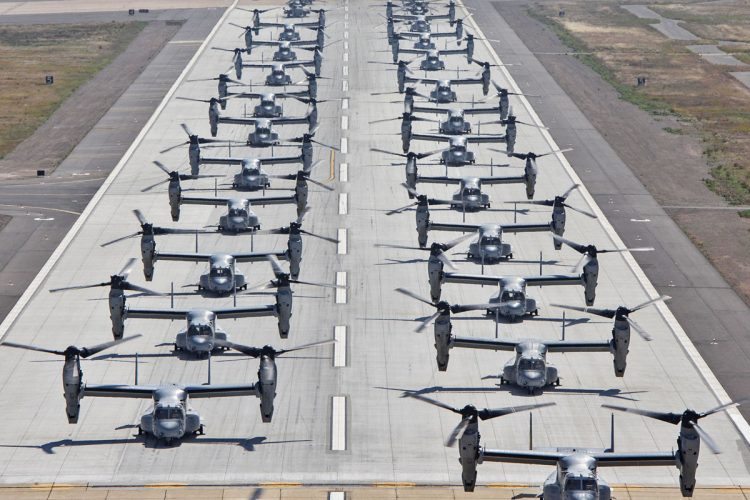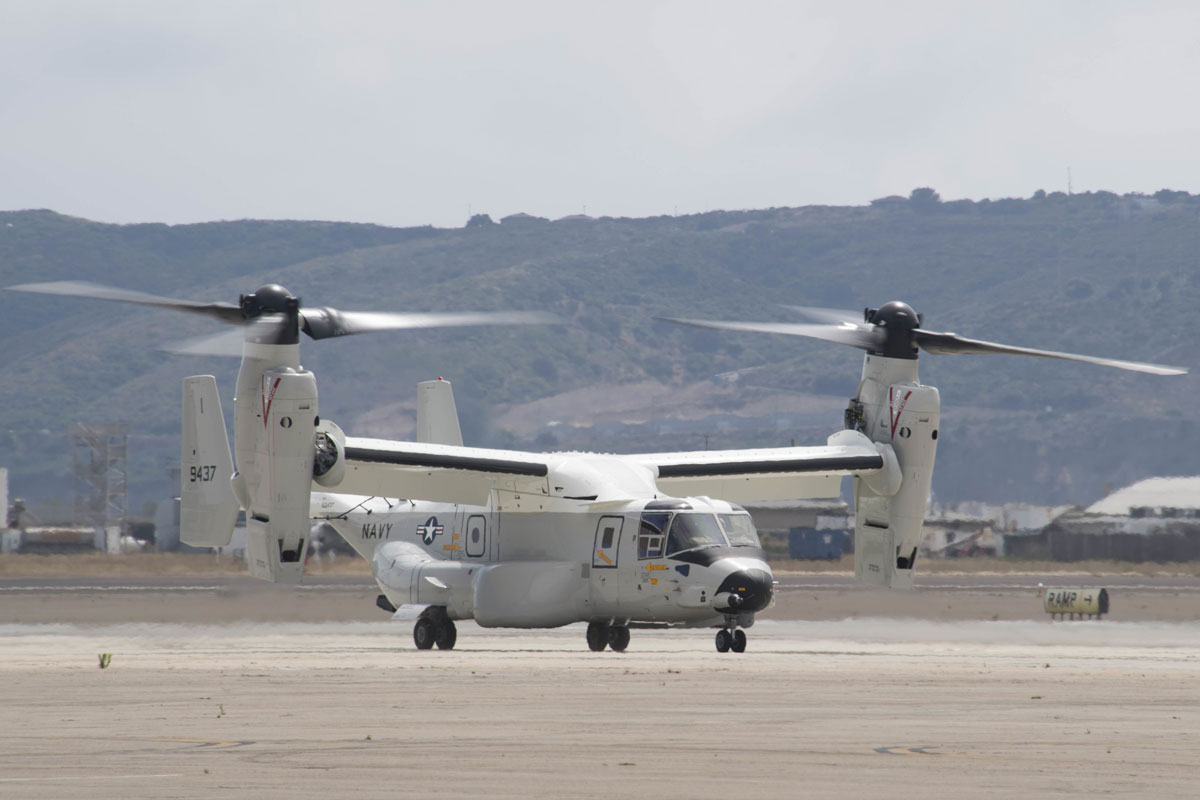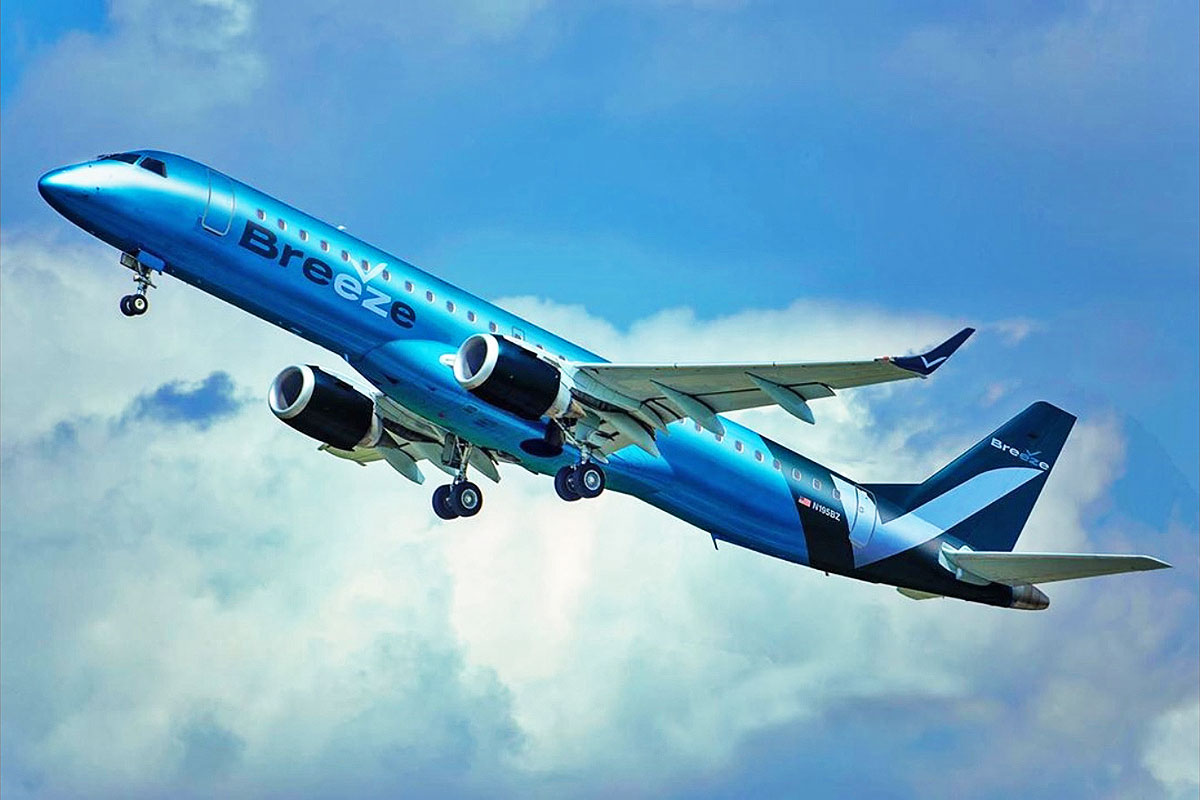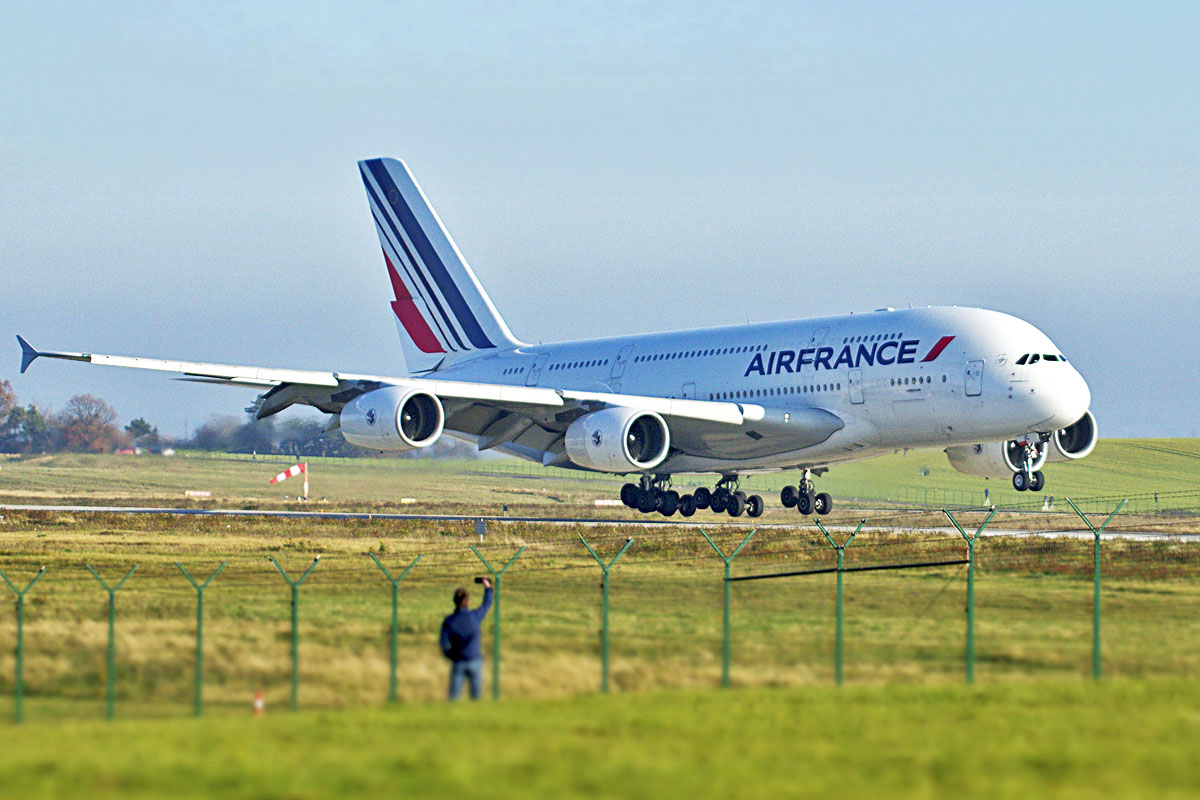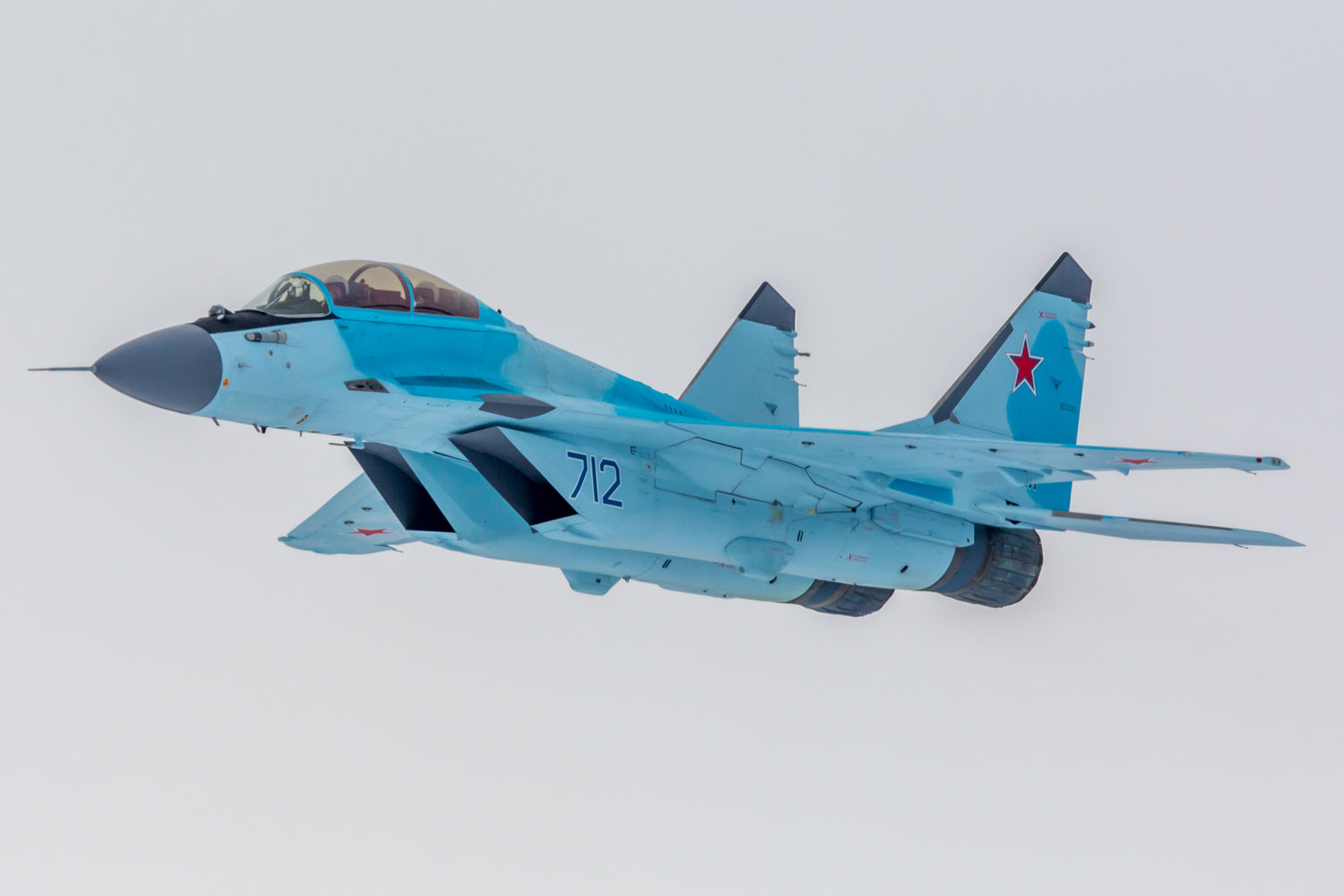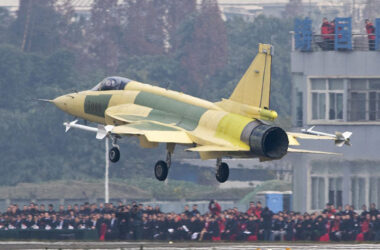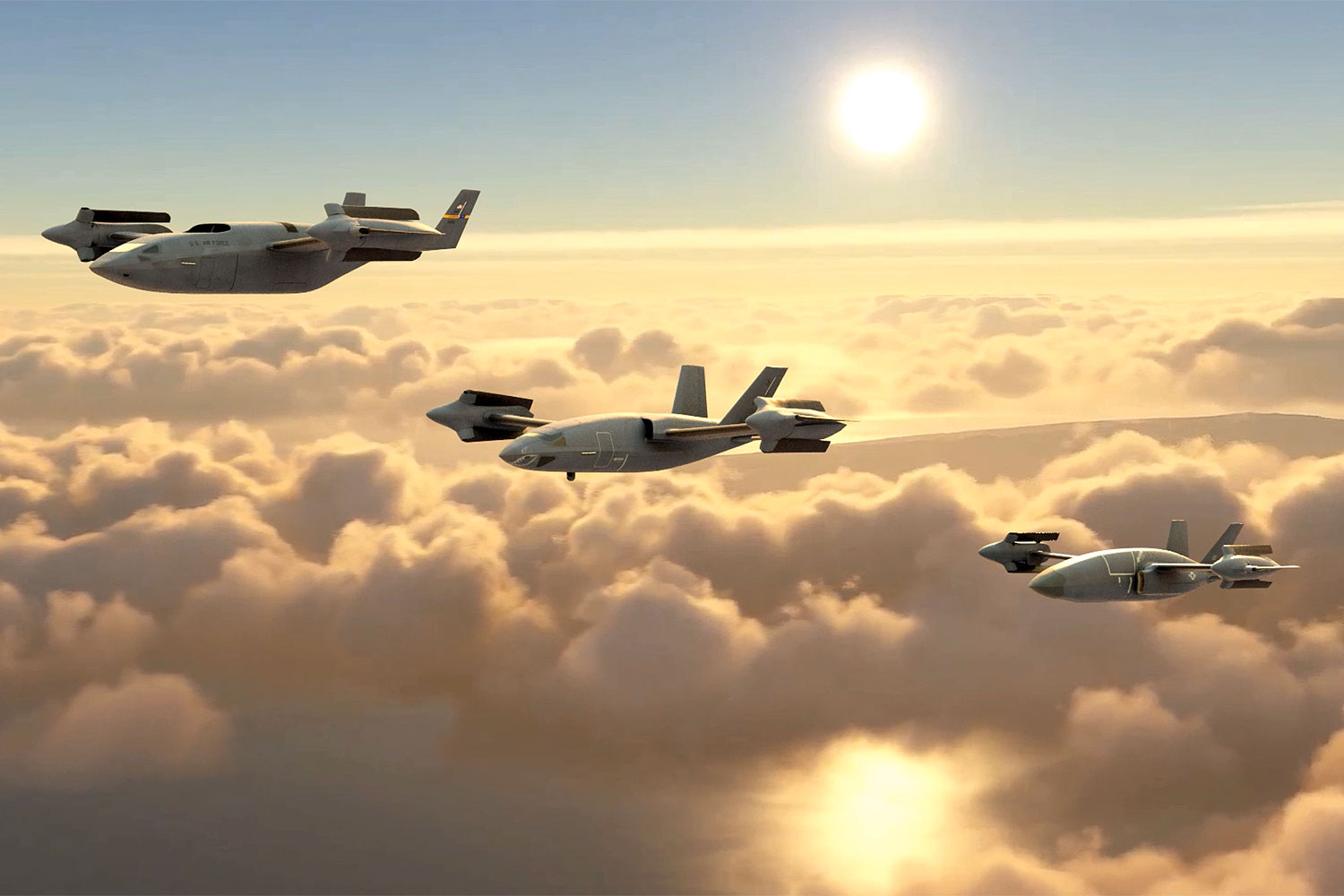The US Navy received the first CMV-22B Osprey on Monday. The tilt-rotor aircraft, which already operates in the country’s Armed Forces, will now assume a new role in place of the C-2 Greyhound turboprop as a carrier for people and supplies on board American nuclear aircraft carriers.
The first CMV-22B will integrate the VRM-30 squadron, created to transition from Greyhound to Osprey and which is based at the North Island Naval Air Station in San Diego, California. A second base in the eastern US (Norfolk) will also serve to train pilots in the Atlantic fleet of ships.
“Today marks our birthday as a squadron,” said Cmdr. Trevor Hermann, VRM-30’s commanding officer. “We have relied on our Marine Corps brothers and sisters to help us in our training. Today our efforts are tangible, as you can see with the landing of our first aircraft.”
“This first fleet delivery marks a new chapter of the V-22 Tiltrotor program providing enhanced capabilities and increased flexibility to the US Navy as they conduct important operational missions around the globe,” said Shane Openshaw, Boeing vice president of Tiltrotor Programs and deputy director of the Bell Boeing team.
The US Navy now hopes to have a more versatile and capable aircraft, as the CMV-22B can carry more than 2.7 tonnes over a distance of 1,850 km and also perform vertical takeoff and landing operations.
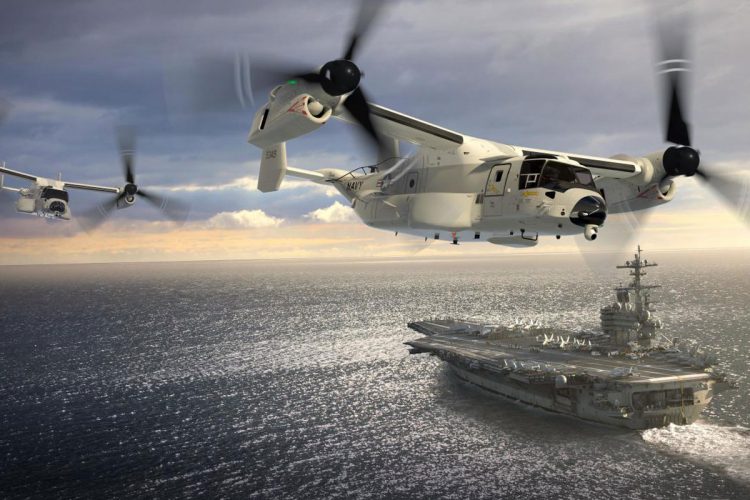
Bell Boeing, the partnership that developed Osprey, has already delivered other two aircraft to the Navy, but which are being used in development tests. In total, the US government plans to order 48 units of the tilt-rotor aircraft.
Old concept
Osprey is currently the only tilt-rotor aircraft in the world in operation, but the concept is quite old and has been tested on several other prototypes over many decades. It consists of engines or pivoted propellers that rotate about 90º, from the vertical position, for takeoffs and landings, to horizontally, for cruise flight.
Its appeal is to eliminate the need for an anti-torque rotor and at the same time achieve a performance similar to that of a fixed-wing airplane. However, Bell and Boeing went through many problems in making the V-22 an aircraft capable of fulfilling its missions.
The first Osprey flight took place in 1989, but only in 2007 did the aircraft enter service by the US Marines. And, despite several accidents and problems, the aircraft fleet now totals 400 units and is present in all armed forces in the country.
